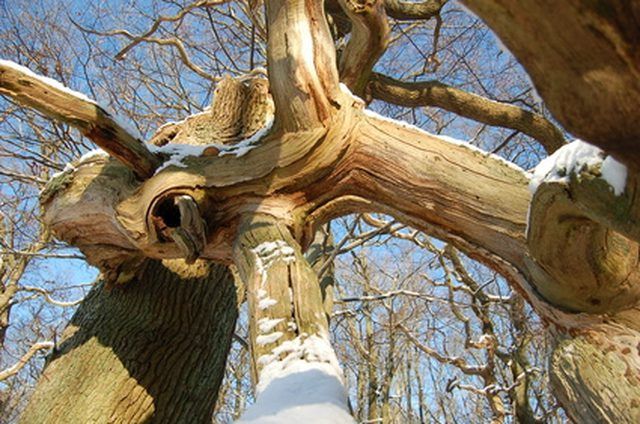Bulbs
Flower Basics
Flower Beds & Specialty Gardens
Flower Garden
Garden Furniture
Garden Gnomes
Garden Seeds
Garden Sheds
Garden Statues
Garden Tools & Supplies
Gardening Basics
Green & Organic
Groundcovers & Vines
Growing Annuals
Growing Basil
Growing Beans
Growing Berries
Growing Blueberries
Growing Cactus
Growing Corn
Growing Cotton
Growing Edibles
Growing Flowers
Growing Garlic
Growing Grapes
Growing Grass
Growing Herbs
Growing Jasmine
Growing Mint
Growing Mushrooms
Orchids
Growing Peanuts
Growing Perennials
Growing Plants
Growing Rosemary
Growing Roses
Growing Strawberries
Growing Sunflowers
Growing Thyme
Growing Tomatoes
Growing Tulips
Growing Vegetables
Herb Basics
Herb Garden
Indoor Growing
Landscaping Basics
Landscaping Patios
Landscaping Plants
Landscaping Shrubs
Landscaping Trees
Landscaping Walks & Pathways
Lawn Basics
Lawn Maintenance
Lawn Mowers
Lawn Ornaments
Lawn Planting
Lawn Tools
Outdoor Growing
Overall Landscape Planning
Pests, Weeds & Problems
Plant Basics
Rock Garden
Rose Garden
Shrubs
Soil
Specialty Gardens
Trees
Vegetable Garden
Yard Maintenance
What Can You Do About Termites Attacking Live Trees?
What Can You Do About Termites Attacking Live Trees?. Most of the time, termites don't attack living plants. The majority of subterranean and drywood termite species prefer soft, damp, dead wood that from a living tree. However, when a tree develops a disease or other weakness, these insects may move in. Formosan subterranean termites, a species...

Most of the time, termites don't attack living plants. The majority of subterranean and drywood termite species prefer soft, damp, dead wood that from a living tree. However, when a tree develops a disease or other weakness, these insects may move in. Formosan subterranean termites, a species relatively new to North America, are also less discriminating than other species, and will feed on live trees. Fortunately, there are a few things that can be done to discourage termites from attacking living trees.
Subterranean Termites
North American subterranean termites consume cellulose and occasionally feed on trees. The majority of these colonies eat only dead trees or the dead parts of live trees. These creatures nest in the ground and come out to attack the wood. It's wise to eliminate the food source by removing dead or diseased branches but avoid removing the whole tree, since this can leave dead roots in the ground. Examine trees regularly to make sure they stay in good health.
Drywood Termites
Drywood termites live inside the wood itself. They build colonies in dead tree limbs and trunks, but do not consume live wood. A related type, the dampwood termite, prefers moist, dead wood, but still does not eat the relatively firm wood of live trees. Any tree containing a colony of drywood termites is likely to be diseased or partially dead. Keeping trees in good health and removing dead limbs immediately can discourage these creatures. Unlike subterranean termites, these species do not live outside the tree, so getting rid of the colony should eradicate the infestation.
Formosan Termites
Formosan subterranean termites were first introduced to North America in the last half of the 20th century. These creatures originated in southeast Asia, and are much more willing to eat live wood than their North American counterparts. Formosan termites can hollow out entire trees and may be difficult to kill. Holes must be drilled in an infested tree above the soil line. Then termiticide can be injected into the cavity made by the termites.
Bait
In areas where termite damage to trees is a major problem, termite bait may be used. This anti-termite treatment works more slowly than conventional pesticides. Termites carry it back to the colony and share the bait with other termites. Eventually, most or all of the colony dies.
Fungal Foam
According to the United States Department of Agriculture, fungal foam may be appropriate for killing termites inside tree trunks and under bark. This fungus poses no danger to insects other than termites. The fungus grows inside the termites' bodies, eventually killing them.